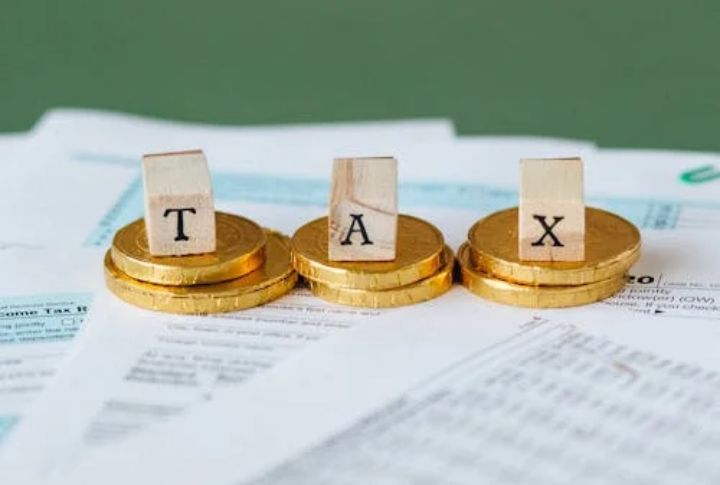
For decades, retirement was seen as the grand finale. Then people realized it doesn’t always feel that way. Some miss the morning routine, others miss the sense of being needed. Working again (by choice) can offer meaning that rest alone doesn’t. Still, it’s not all smooth sailing. So, here are 10 realities to face and expectations to reset while working in retirement.
Social Security Reductions

That $23,400 earnings limit in 2025 can feel like a Social Security straitjacket. If you’re working before full retirement age, you’ll lose $1 in benefits for $2 earned over that cap. But once you reach full retirement age, the restrictions disappear.
Pension Plans

You may find that working again after retirement comes with surprises. Some pension plans reduce or pause payments once you’re back on the job, particularly when you return to a former employer. This usually happens in public sector roles, so review your plan’s rules before saying yes to new work.
Health Insurance

Health insurance in retirement depends on the size of your workplace. Employer plans from companies with at least 20 employees take priority, which makes Medicare secondary in coverage. The real challenge lies in timing, as missing enrollment deadlines can bring lasting penalties that complicate an otherwise smooth transition.
Taxes On Dual Income

When you mix work income with Social Security, your Modified Adjusted Gross Income (MAGI) can climb fast. That number determines how much of your benefits will get taxed (up to 85% in some cases). Higher income can also push you into a bigger tax bracket than before.
Retirement Earnings

Earning too much before full retirement age can temporarily shrink your Social Security checks. But that money isn’t gone; it comes back later. Once you reach full retirement age, your monthly payments increase to make up for it. The SSA’s Retirement Earnings Test Calculator can help you estimate what to expect.
Appreciation And Policy

Although employers want your experience, they struggle with the rules that limit rehiring retirees. This tension is especially strong in public service, where pension restrictions and rehiring policies can get tricky. It’s a strange mix; companies value your expertise but face red tape when they try to bring you back.
“Retirees Only” Rules

Public sector pensions are designed to prevent “double-dipping,” or earning a paycheck while still collecting retirement benefits from the same employer. To enforce that, many systems set waiting periods or limit how many hours you can work. It’s meant to protect the system, even if it feels restrictive.
Inflation

Rising prices for essentials like groceries and utilities can quickly shrink what your retirement income can buy. Most retirees find themselves returning to work just to keep up. Going back to a job isn’t always about ambition, more like maintaining stability when costs keep climbing.
Social Connection

Retirement can be surprisingly quiet after years of busy workdays. You might miss the conversations or sense of purpose. Some retirees return to work (or volunteer) and find that it’s not just about money. Staying active helps you stay connected and part of something bigger.
Spousal Benefits

Spousal benefits in the Social Security system come with a few fine-print conditions. Earnings from post-retirement work rarely affect them directly. The exceptions are limited: caring for a young child or having a spouse below full retirement age can trigger temporary reductions in payments.
